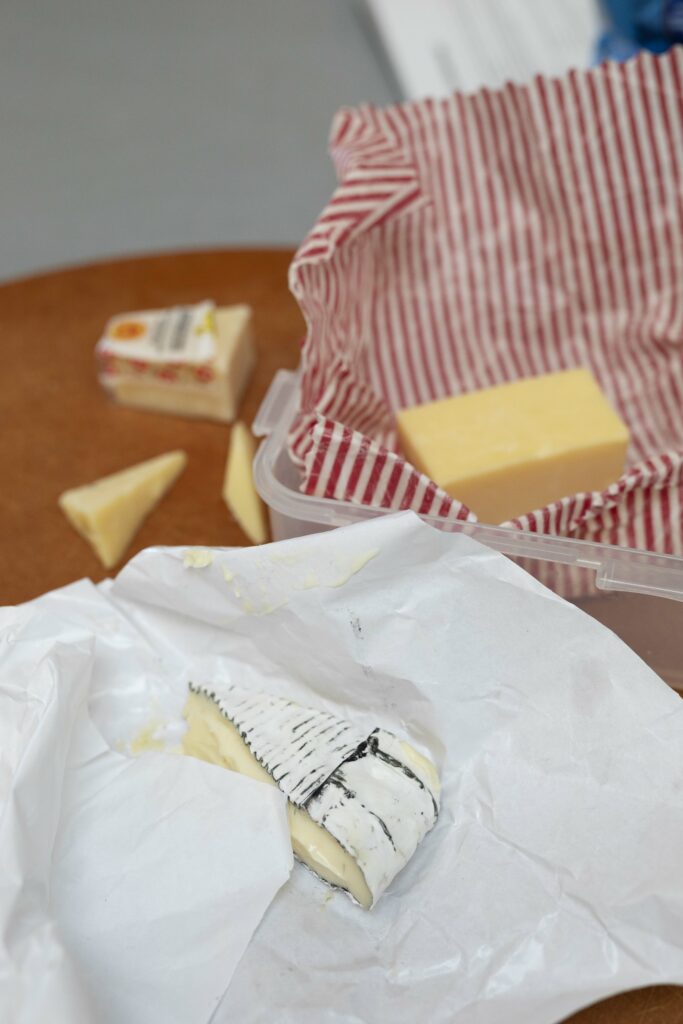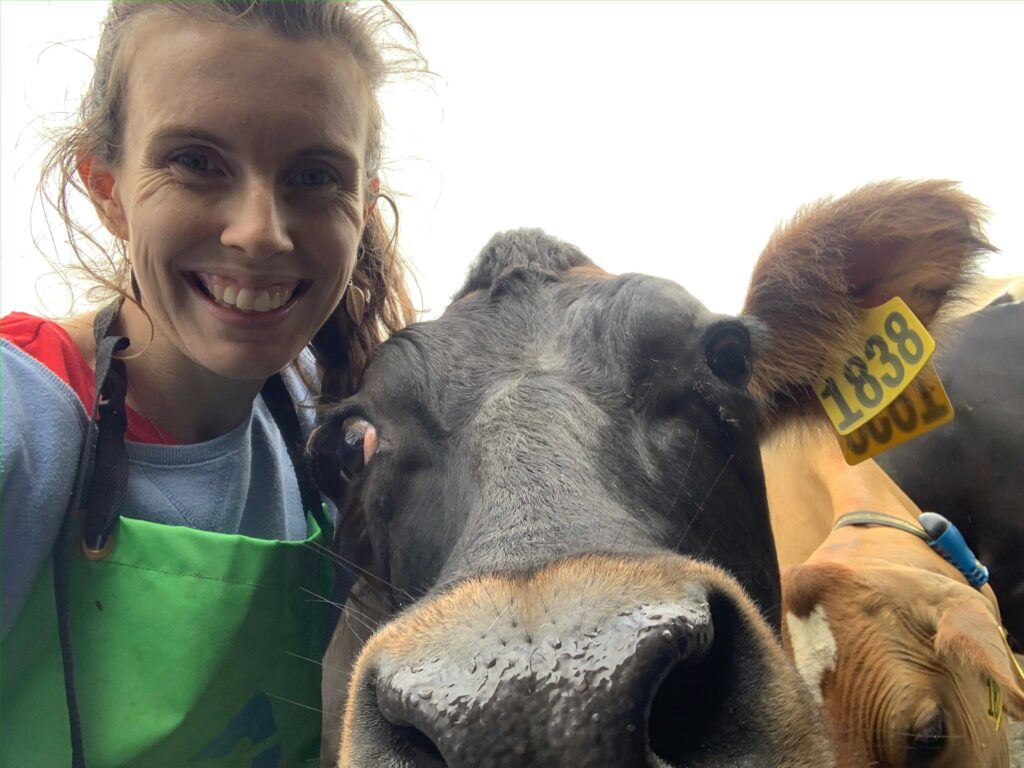This is part of a Cornersmith x Australian Farmers series showcasing Aussie grown foods. It’s a bit like a fork with three prongs. This is the part where you learn about storing cheese and what to do with the odd bits left over from a cheese platter or Italian feast. The next prong is recipe inspiration and the third is meeting a dairy farmer. We hope you enjoy the ride!
Caring for land, caring for animals; there is a lot of care that goes into the dairy products we eat. Australian dairy farmers are looking after complex systems for every litre of milk produced and this gives us pause when we are faced with a fridge full of odd knobs of cheese, the last scraping of sour cream or little bit of yogurt.
One of the many beauties of dairy is that it is so flexible and forgiving as an ingredient. You can often swap yogurt for sour cream, cheddar for brie, milk for cream. Make the most of what you have because wasting an ingredient like dairy isn’t an option.

But it can be hard to come up with ideas about how to use small portions. Luckily with cheese, a little goes a long way! The different cheeses we produce in Australia range from the creamy mild to the crumbly and sharp and there is a place for each.
Cheese is rich in flavour and healthy fats making it a versatile ingredient in the kitchen. We like to keep an ‘odd knobs’ container in our refrigerators so as we come to the end of a hunk of cheese or last night’s dinner party cheese plate the awkward bits that you think are too small to do much with have somewhere to go!
We collect them and once we have a decent amount (say 1 cup) we organise a meal around our odd knobs. So, think, pizza night, toasties, omlettes, savoury muffins or check out our most favourite, most delicious, most decadent Odd Knobs Mac n Cheese. This recipe mingles flavours and textures from the different cheese for a gooey mess of a dish that is pure comfort food.
Storage tips for cheese
Cheese likes to breathe, so don’t use plastic. If your cheese has come in plastic, unwrap it and re-wrap it in baking paper or a wax wrap. Hard cheese has a longer shelf life than soft cheese so check out what the package or your cheesemonger says. A tip from us: if your cheese is a little past the use by date it’s still safe to cook with. No need to waste a crumb.

Feeling inspired and enlightened?! Check out our Odd Knobs Mac n Cheese recipe and meet Rachel Nicholson, an Australian dairy farmer. You can also check out our tips and tricks for saving money and doing your bit to reduce food waste with the other foods in this series: Bread, carrots, lamb, oranges and greens.







































Add comment